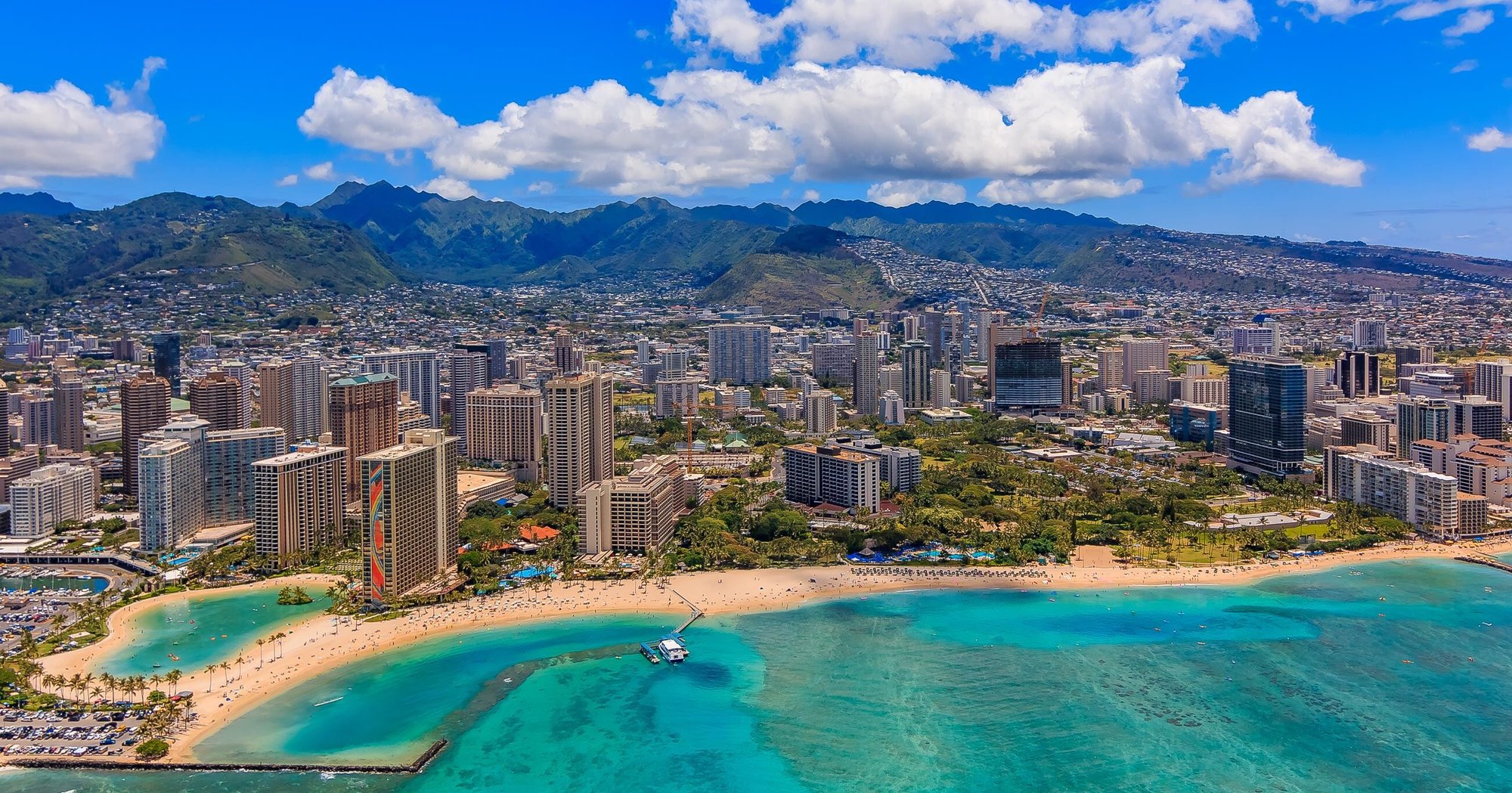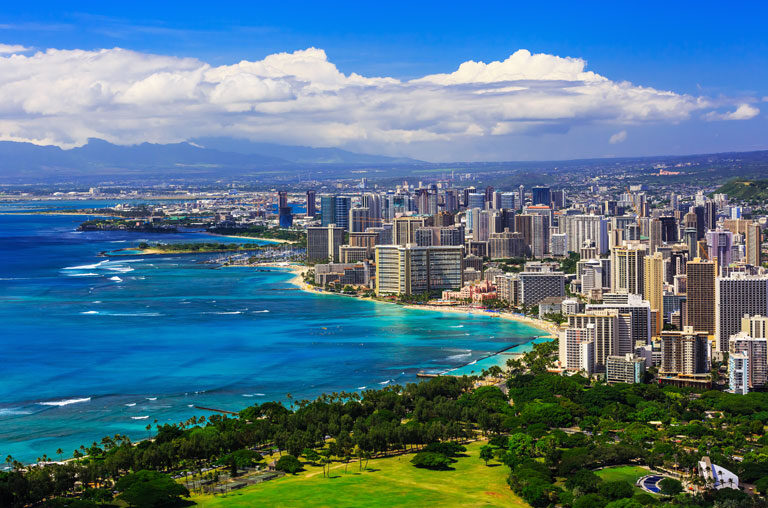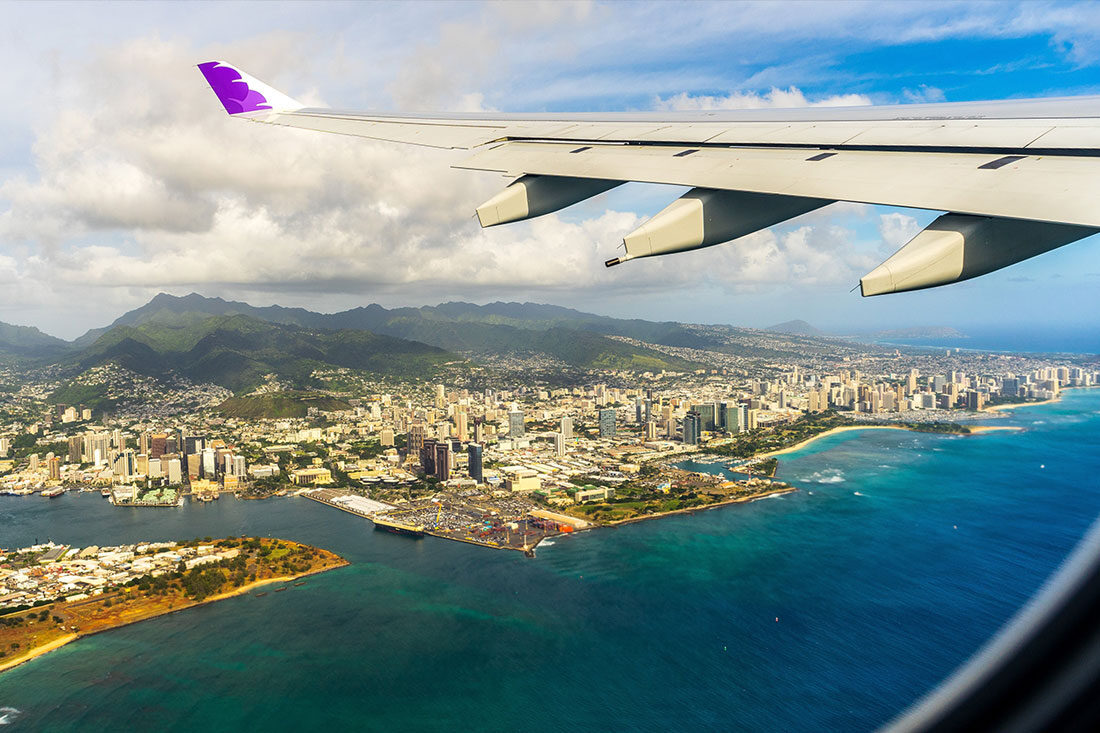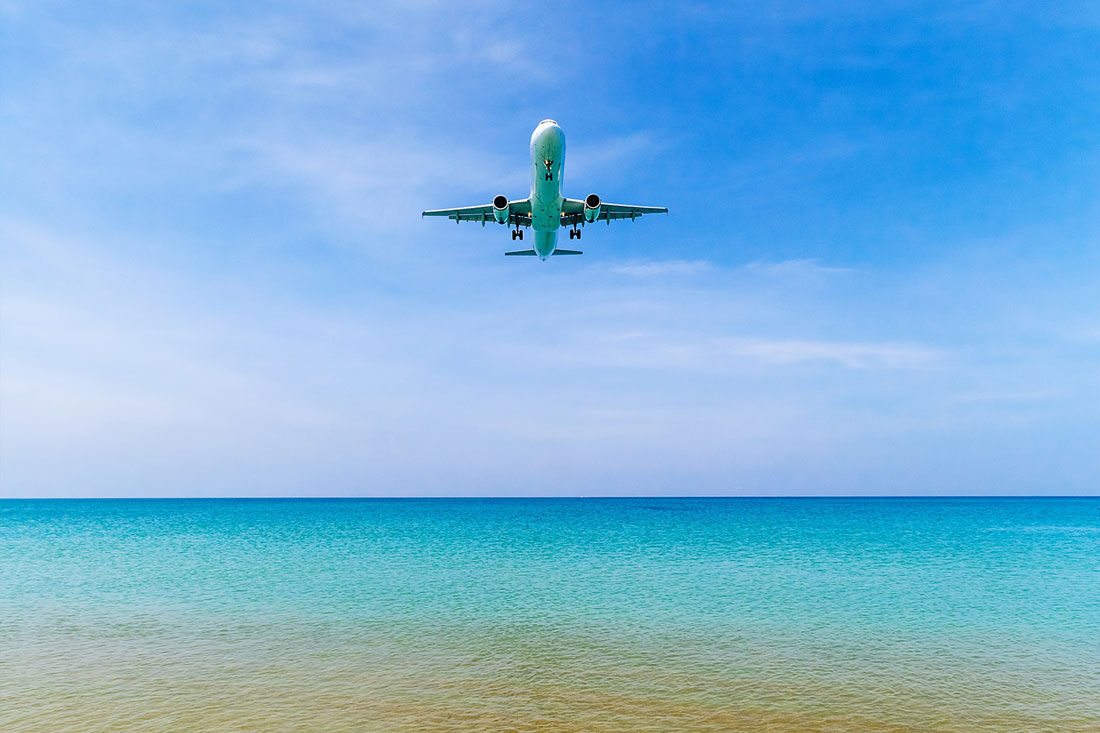Hawaii’s economy and communities rely heavily on air freight for timely delivery of goods. As an island state located roughly 2,500 miles from the U.S. mainland, Hawaii is heavily dependent on air cargo to meet its consumption and production needs.
THE IMPORTANCE OF HAWAII AIR FREIGHT
Hawaii’s geographical isolation makes air freight not just convenient but often the only option for urgent needs. With the islands separated by thousands of miles of ocean from major supply centers, critical shipments simply cannot wait for a cargo ship’s schedule. When a hospital in Kona needs a life-saving medicine or part, or when a factory on O‘ahu urgently requires a replacement component, air freight is what delivers in time.
TALK TO AN EXPEDITOR NOW
Get a Quote in Minutes for Your Time-Critical Freight Needs

Air Freight Services in Hawaii
Because of this remoteness, Hawaii depends on same-day air service for emergencies and on fast air transit for perishables. For example, if a vital piece of medical equipment breaks on Maui, a replacement can be airlifted from the mainland U.S. or O‘ahu within hours, preventing extended downtime. Similarly, grocery distributors fly in highly perishable foods (like fresh berries or pharmaceuticals that must remain cold) rather than risk spoilage during a long sea voyage. Even inter-island, a shipment of blood samples, repair parts, or documents can be sent on the next available flight to reach another island that day. The reliability of air cargo in these scenarios is what keeps Hawaii’s modern society functioning smoothly despite its distance.
In short, air freight is Hawaii’s safety net for time-sensitive logistics. It overcomes the state’s physical isolation by shrinking delivery times from weeks by boat to mere hours by plane. This ability to get urgent freight where it needs to go – be it supporting a medical emergency, rushing relief supplies during a natural disaster, or simply stocking store shelves with fresh product – underscores why air logistics are absolutely critical for Hawaii’s well-being and economic resilience.
Hawaii's Air Freight Infrastructure and Key Hubs
Hawaii's air freight infrastructure is robust and well-developed. It is designed to handle a wide range of cargo, from small packages to large shipments. The state's airports play a crucial role in this infrastructure. They provide the necessary facilities and services for air freight operations.

Honolulu Air Freight: A Central Hub
Honolulu, the capital of Hawaii, is a central hub for air freight. Its airport, the Daniel K. Inouye International Airport, is one of the busiest in the state. The airport's location in Honolulu makes it a strategic point for air freight. It connects Hawaii to major cities in the US and around the world. Moreover, the airport's facilities are equipped to handle a variety of cargo. This includes perishable goods, high-value items, and urgent freight. In essence, Honolulu's air freight services are vital for Hawaii's trade and commerce, making it a central hub in the state's air freight network.

Inter-Island Logistics: O'ahu and Maui
Inter-island logistics in Hawaii are complex and challenging. They require efficient coordination and reliable air freight services. The island of O'ahu, where Honolulu is located, plays a significant role in these logistics. It serves as a central point for inter-island air freight, facilitating the transportation of goods within the state. Similarly, Maui, the second-largest island in Hawaii, is crucial for inter-island logistics. Its airport, the Kahului Airport, handles a significant volume of air freight, connecting Maui to other islands and the mainland. In conclusion, O'ahu and Maui are key players in Hawaii's inter-island logistics, contributing to the efficiency and reliability of the state's air freight services.

The Role of Air Freight in Hawaii's Economy
Hawaii air freight has a significant economic impact. It supports trade, fuels economic growth, and creates jobs. The industry contributes to the state's GDP. It also generates revenue through taxes and fees. Air freight plays a crucial role in Hawaii's economy. It facilitates trade, both domestically and internationally. The industry also creates jobs. It employs thousands of people, from pilots to ground staff. Moreover, air freight supports other sectors. These include tourism, agriculture, and retail, among others.

Challenges and Solutions in Hawaii Air Shipping
Hawaii's geographical isolation presents unique challenges for air freight. The islands are located in the middle of the Pacific Ocean, far from major landmasses. This isolation makes air freight crucial for Hawaii. It is often the fastest and most reliable mode of transportation for goods. However, the distance also increases the cost of air freight. Fuel is a significant expense, and the long flights require more of it. Despite these challenges, solutions exist. Technological advancements, for instance, are improving efficiency and reducing costs.

Geographical Isolation and Urgent Freight Needs
Hawaii's isolation makes urgent freight particularly challenging. Urgent freight refers to shipments that need to be delivered quickly. For instance, perishable goods like fresh produce and seafood need to reach their destination before they spoil. Similarly, medical supplies and equipment often have tight delivery windows. To meet these needs, air freight carriers offer expedited services. These services prioritize urgent shipments, ensuring they reach their destination on time.

Tracking and Managing Air Cargo
Innovations in Aircraft and Delivery Systems
Call the Experts
Frequently Asked Questions
What kinds of commodities typically travel by air freight to and from Hawaiʻi?
How are charges calculated, and what does “volumetric weight” mean on Hawaiʻi lanes?
Carriers rate each piece on the greater of its actual or volumetric weight—usually Length × Width × Height ÷ 166 (lb) or ÷ 6,000 (cm). Bulky but light surfboards or hula-prop displays can price higher than dense freight. Minimising dead air space with tight packing, knocking-down retail displays, or shipping boards in multi-board coffins often trims the chargeable kilos. When the cube really can’t shrink, a charter plane may turn out cheaper per unit than paying volumetric premiums across multiple scheduled flights.



